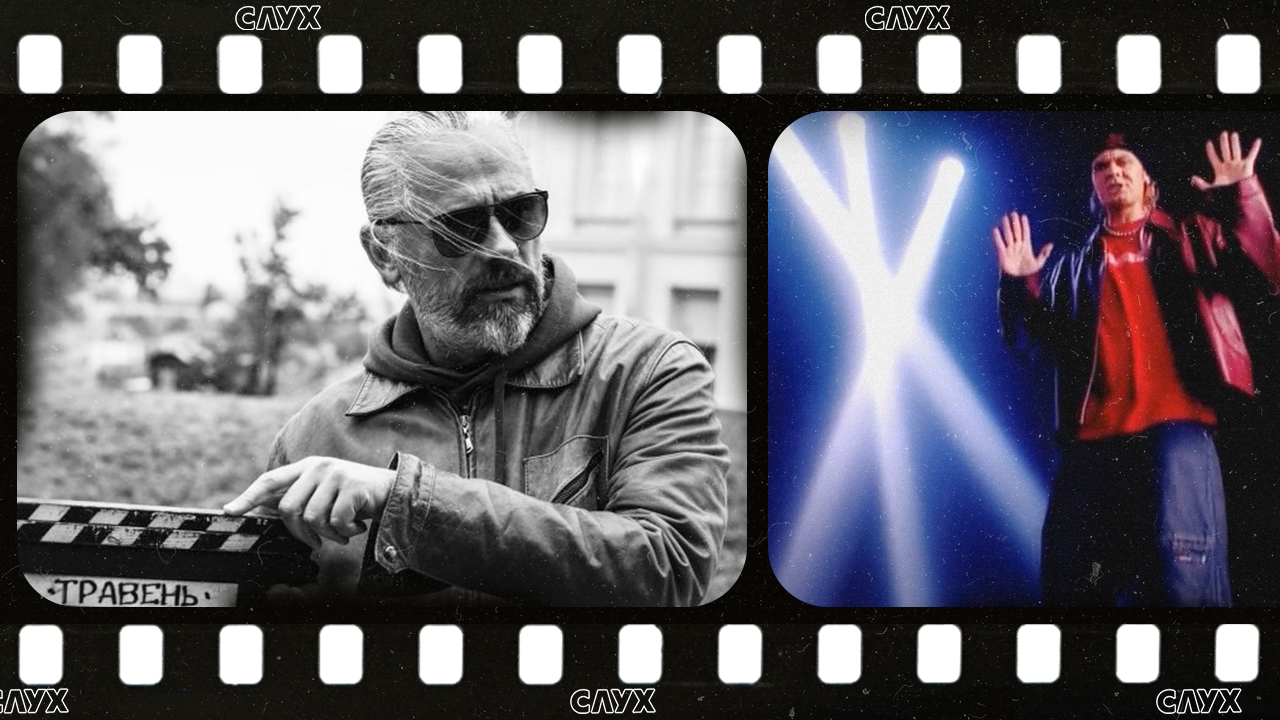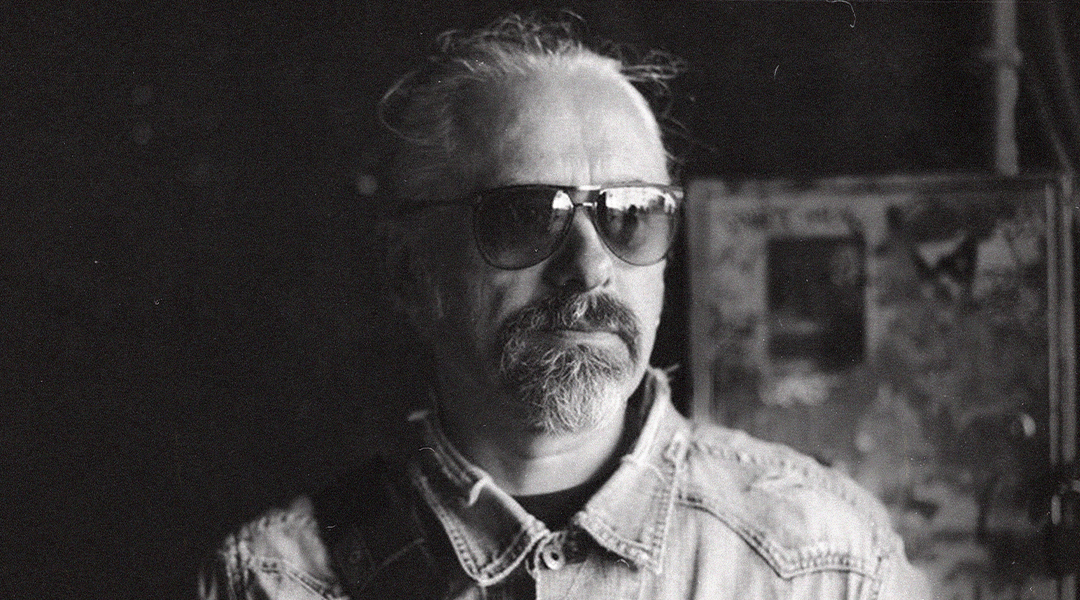For 30 years the Ukrainian music video making has passed a long way from the rebellious 1990s when the industry was just being formed to the 2000s when Ukraine became the centre of music video production of the post-CIS countries. Since the mid 2010s Ukraine has become a filming location for world stars’ music videos.
Now in Ukraine, Bring Me The Horizon, Harry Styles, Miley Cyrus, Florence + The Machine and many others are making their videos. Meanwhile, the Ukrainian production studios are among the best in the world. But it was not like this before.
We’d like to let you know about the outstanding music video directors in our new anthology. We have chosen Viktor Pryduvalov first because he is often called the father of a Ukrainian music video.



